Running in circles. Doing push ups to the monotonous cadence coming from a boombox. Chasing down tennis balls as they go flying off the frame of the racket. PE is not an enjoyable class for most students at MVHS, and with good reason. Since middle school, we’ve been weighing in, counting calories, calculating fat, and looking at charts that tell us how we fit in the spectrum of healthy kids our age. While it is important to make kids aware of our bodies and the risks that disease and simple temptations like candy around us pose, it has become a little overwhelming and unnecessary. When freshman are beginning high school and maybe wish to try out an elective, physical education class would make them either have a zero period or seventh period. That has discouraged many students from experimenting with different interests, which is a crucial part in figuring out how they want to belong here on campus. Because of this, and the fact that what we are doing in that class isn’t very beneficial in the long run, PE shouldn’t be mandatory in high school. Instead, the only requirement to graduate should be what sophomores are offered their next year: either two seasons of a sport or another class like dance, cheer, or marching band.
A lot of what we do in P.E. doesn’t connect with the students and seems a bit excessive. In class a while ago, the fat on our arms and calves were pinched by a caliber to see our body fat percentage. While I understand this was to show us the different ways of calculating body composition, it was invasive and unnecessary. The bioelectrical impedance machine, (which is used by entering basic statistics like height and weight, and then holding it while it sends a (harmless) electrical current through through your body) worked well enough and told us what was needed without any embarrassment or uncomfortable feelings. It was a lot more private as well, because all we needed to do was enter our information and read what the screen displayed. This exemplifies the idea that PE is a class that doesn’t engage students as well as another could.
Another instance where I felt like PE wasn’t especially worthwhile was when we did a heart disease risk lab in which we evaluated ourselves to see our risk for contracting certain diseases that can produce symptoms like heart attacks. While we were given some basic rules to follow (diet, exercise), I don’t think students are actually given enough information that is specific and easy to follow. Telling a teenager, “Exercise and don’t eat unhealthy foods!” isn’t very motivational and is too broad to seem achievable. Instead, they should be given diet and exercise options that are easily applicable to busy teenagers, because it seems that we are always given advice that is hard to imagine ourselves doing in our day to day lives.
With all of these labs, we have been evaluating ourselves in a variety of ways regarding our height, weight, and body composition to see if we are “healthy.” However, taking our stats and seeing how they rank on a chart isn’t personal and won’t be meaningful to an individual.
While most of the time I feel that what we do in PE is unnecessary for students, there have been a few times where the activities we participated in were effective. We did an activity a few weeks ago where we recorded all the sugar we ate during one day and carried it in a plastic bag, an activity I’m sure many MVHS students remember. This kind of experiment sticks with students because it’s new, valuable information we don’t already know put in front of us in an interactive way.
The California Department of Education says, “Students in grades five, seven, and nine take the fitness test”, so I understand why teachers need to have our heights and weights for the state. Still, I don’t believe it will be harmful to be without this information if a student doesn’t do PE freshman year. The numbers from eighth grade are pretty recent and not much has changed since then.
One of the standards for 9th grade PE from the California Department of Education is: “2.1 Participate in moderate to vigorous physical activity at least four days each week.” Once again, this approach to PE identifies students that don’t reach this requirement as “not healthy.” There is an ideal PE student, according to the healthy fitness zones on the charts, but everyone is an individual who has different needs and restraints that may not allow him or her to participate in certain activities.
Freshman physical education is an inessential class that reinforces the idea that there is only one way to be “healthy”. Instead, students would get more out of their time if they were encouraged to find an activity or interest that they enjoy. By making freshman PE optional, students could cut out a pointless class and would get to take another elective course without having a zero or seventh period. This will have a more meaningful impact on them during their first year of high school than running liners or learning the rules of badminton could.






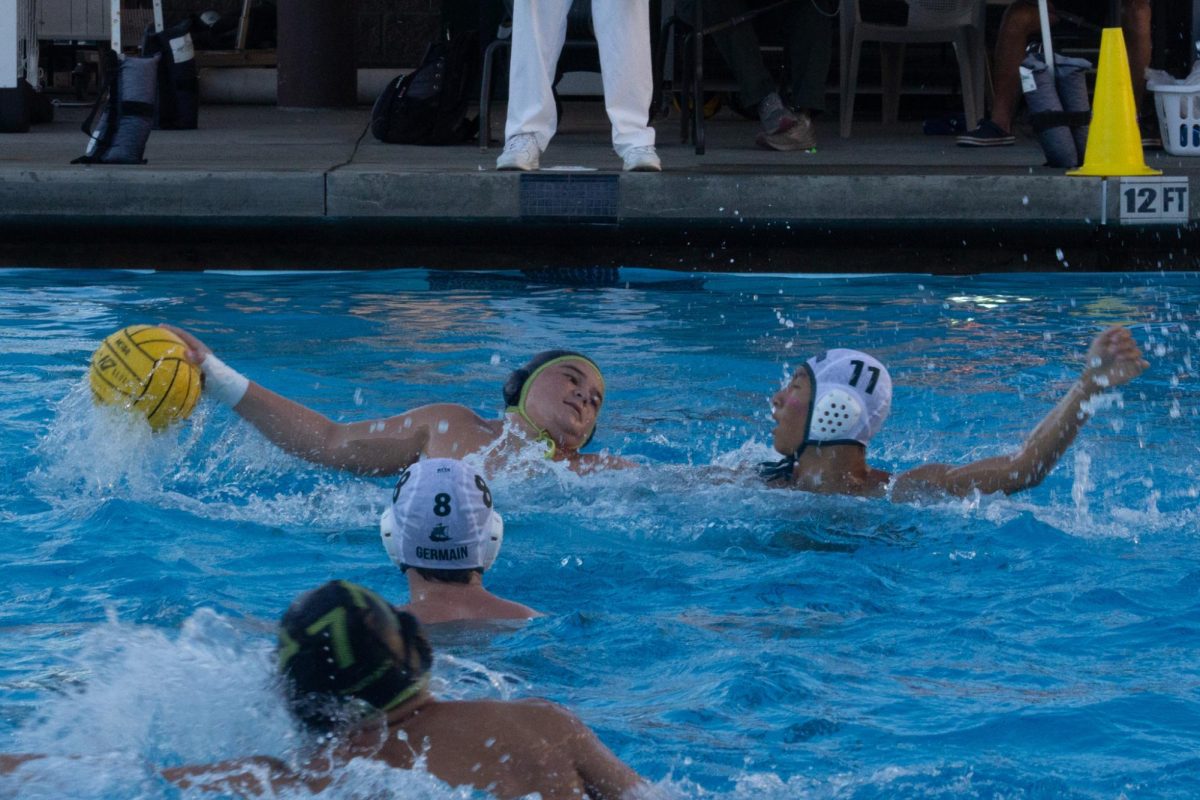
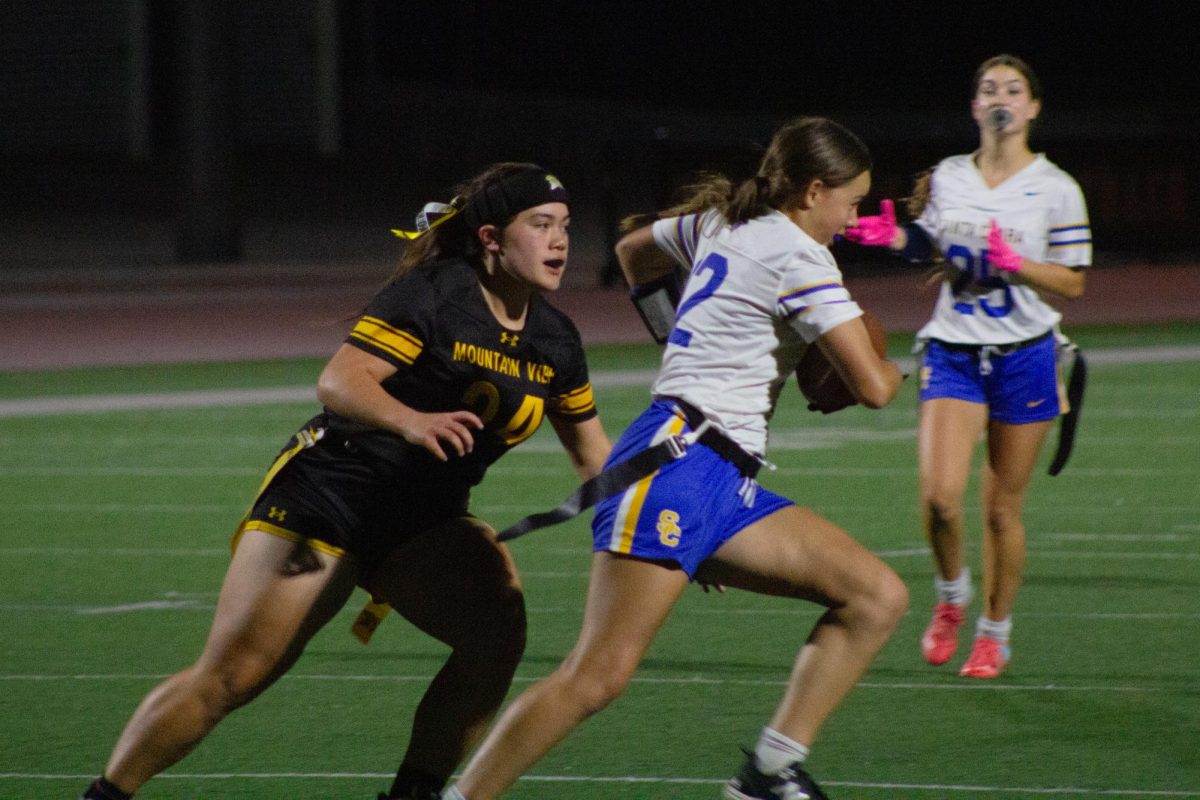
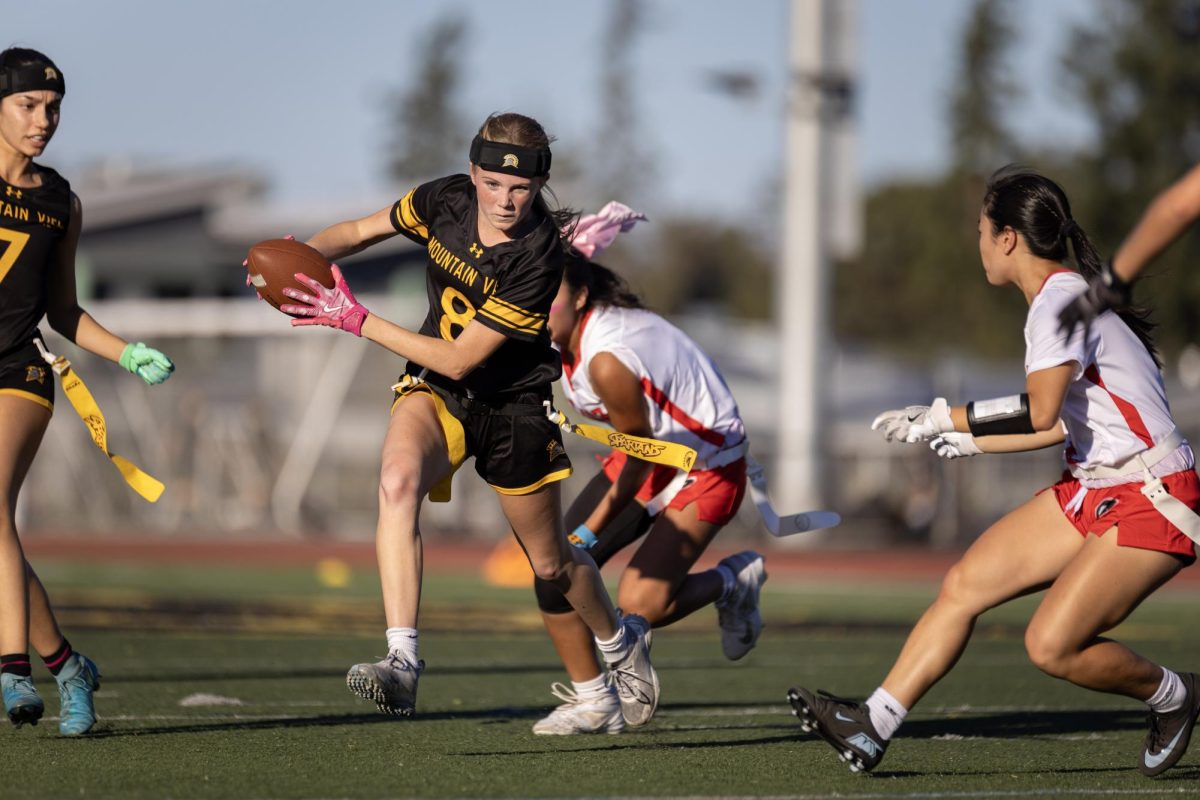
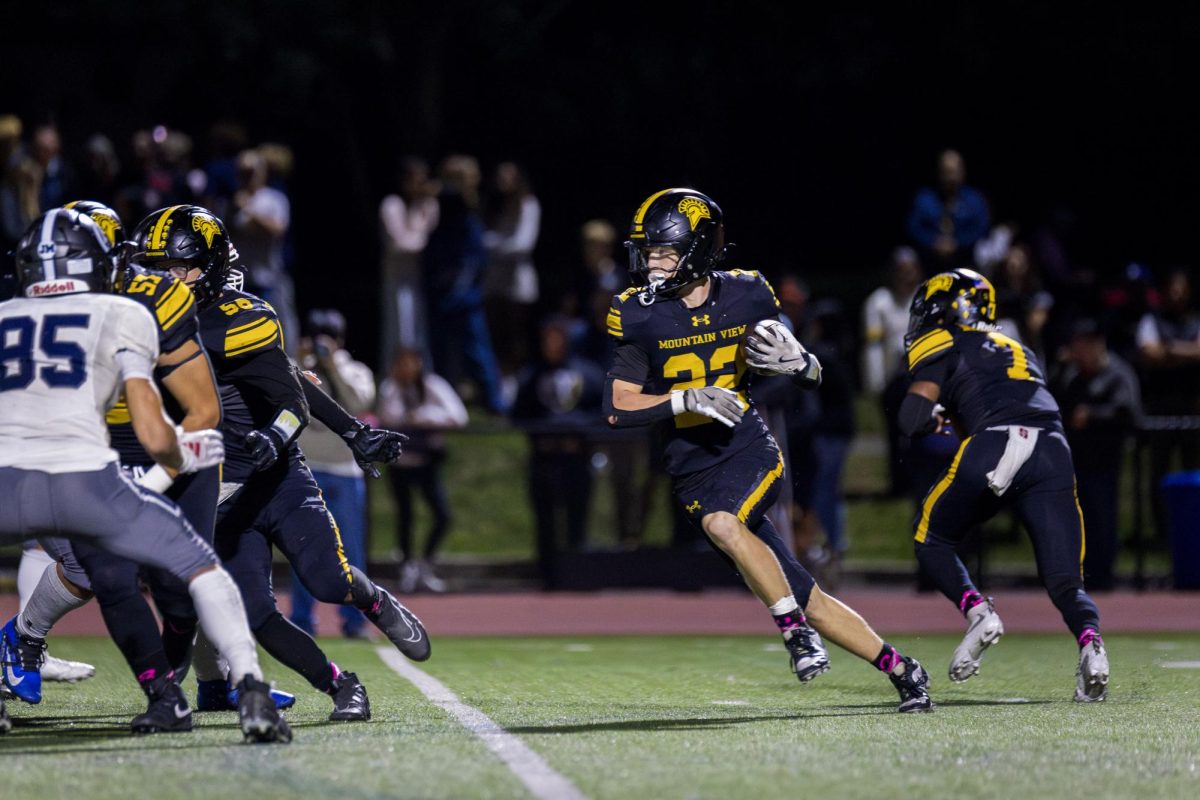
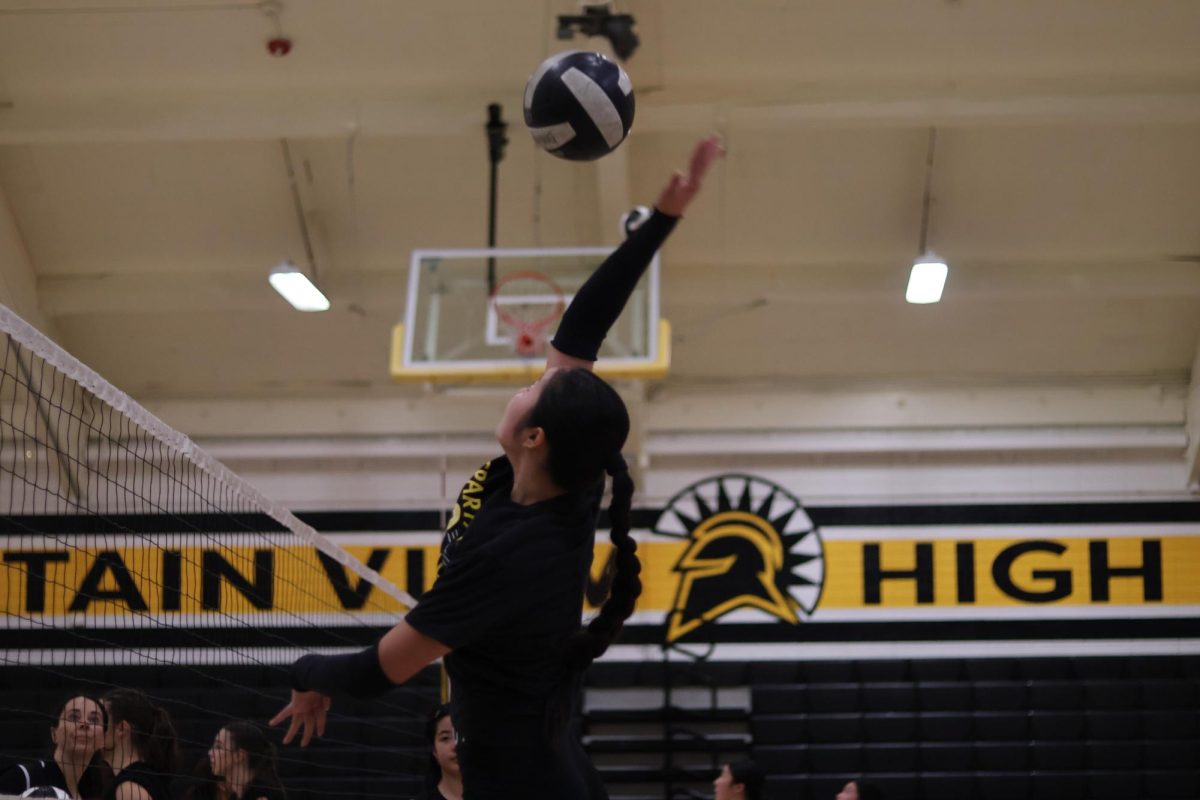


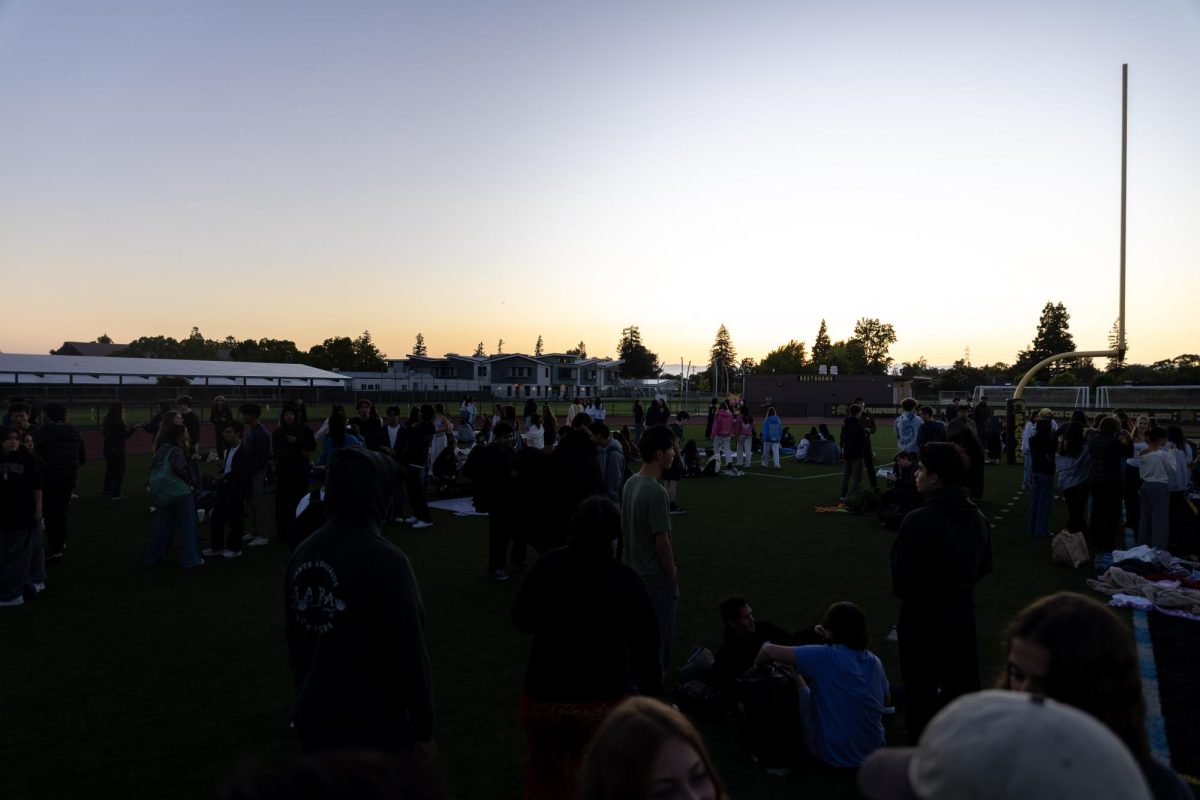


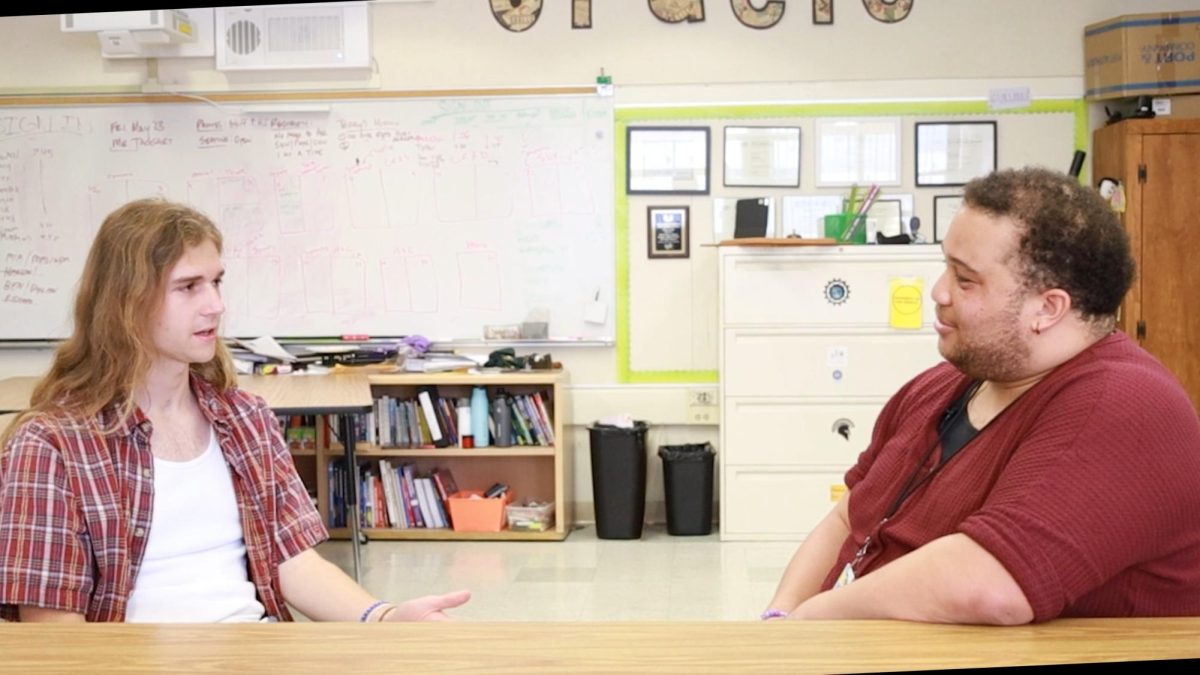


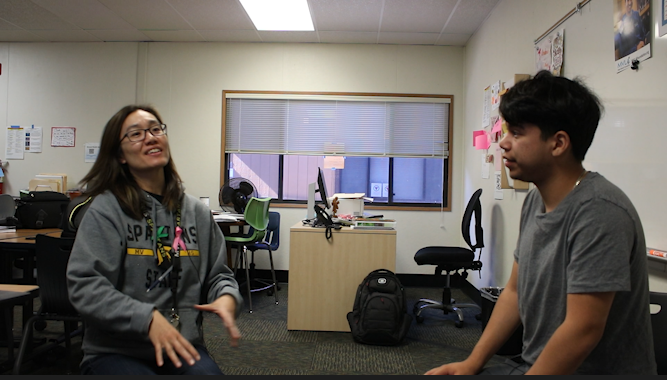
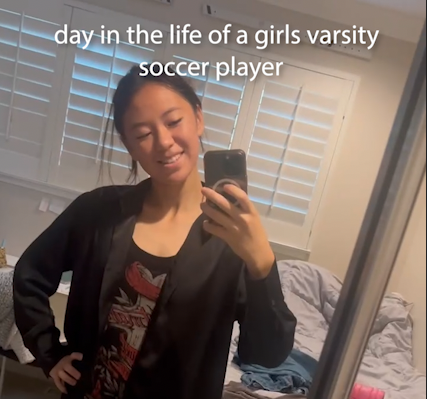





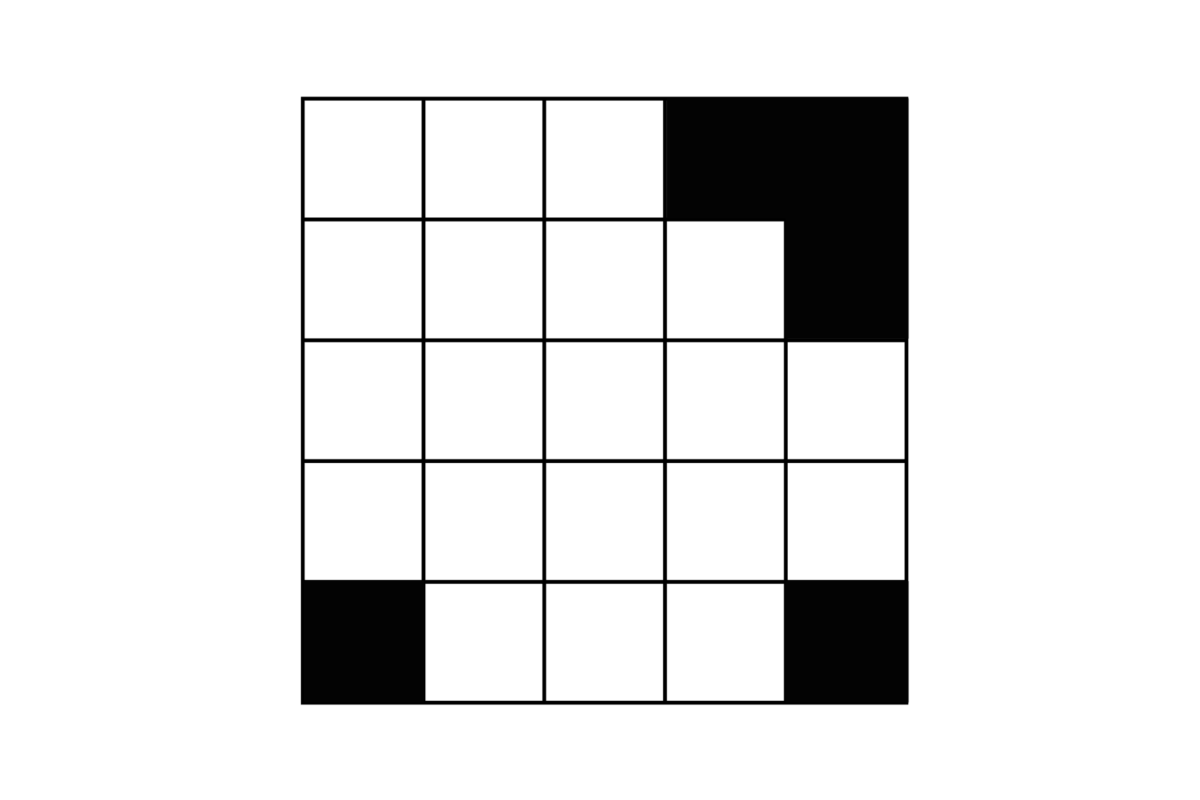









freshmen101 • Mar 19, 2014 at 9:01 pm
This is exactly what I’ve been saying since the beginning